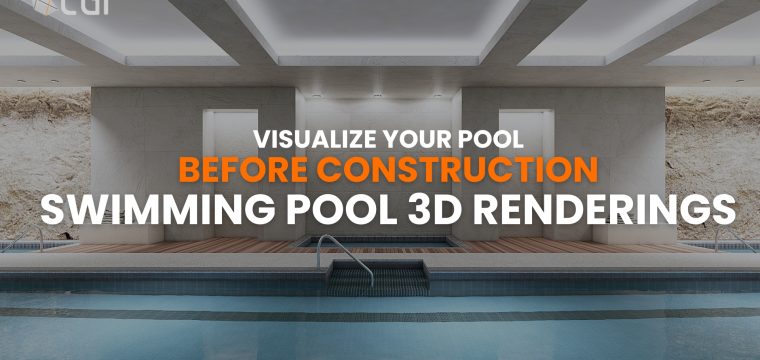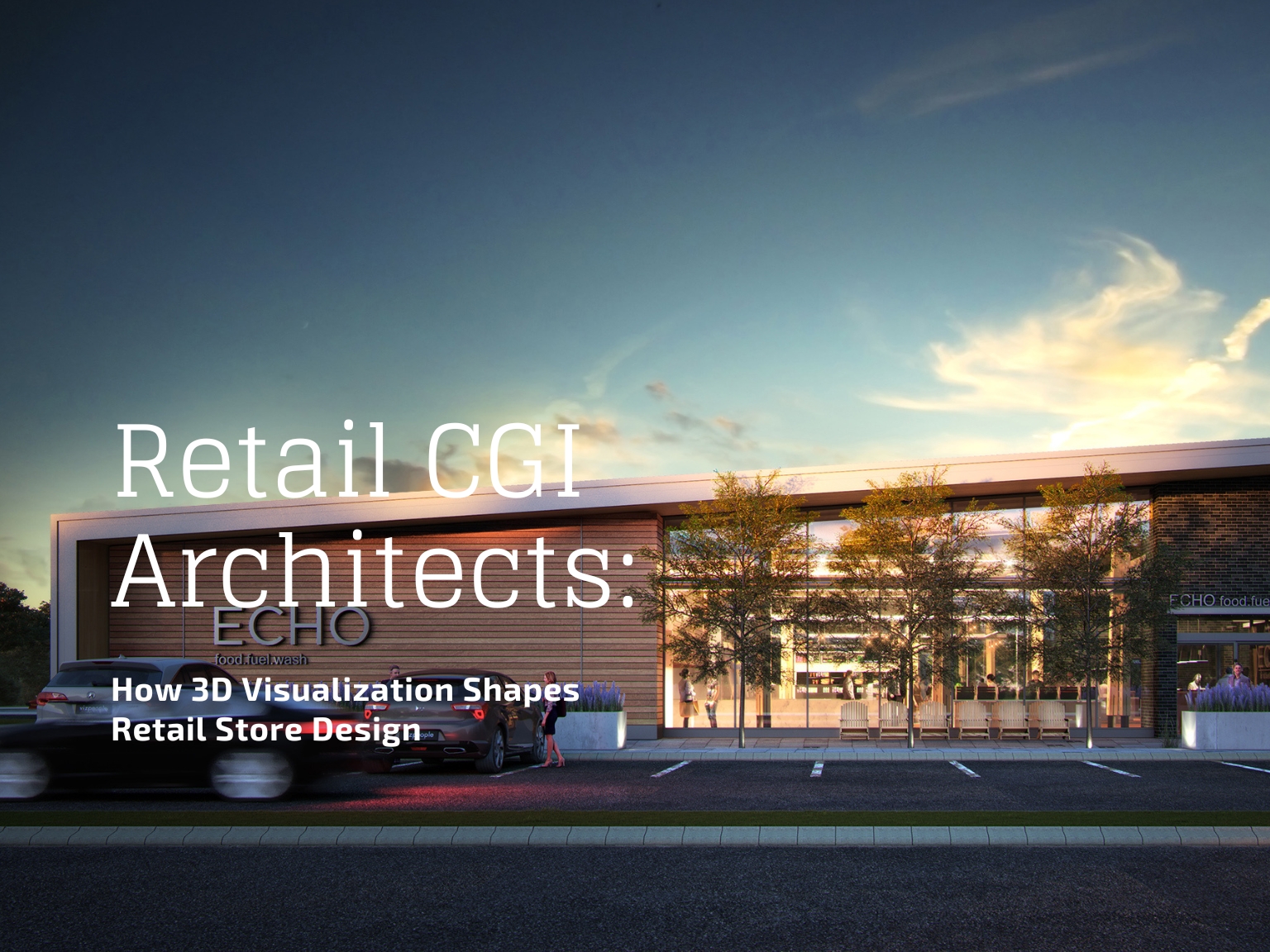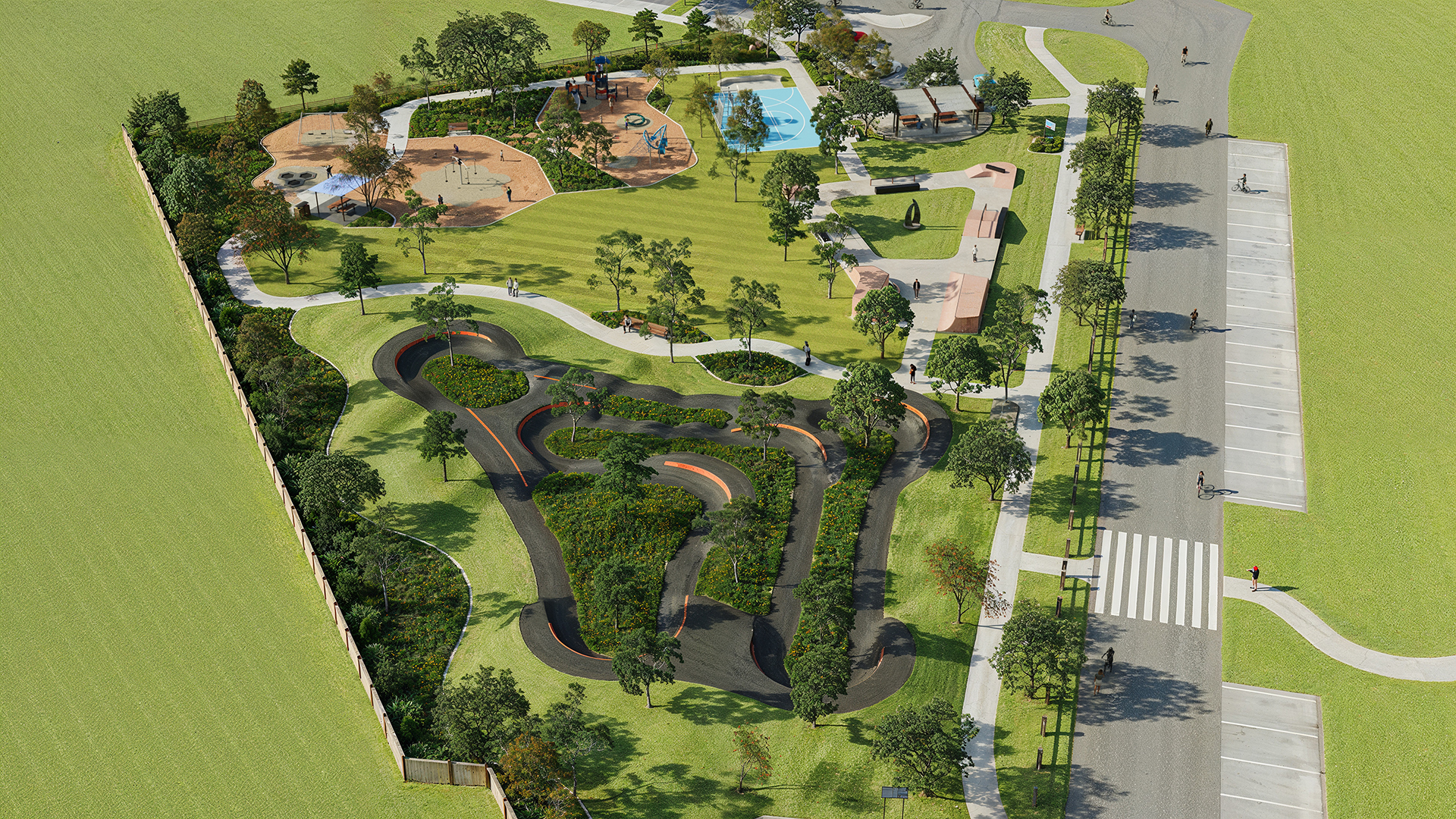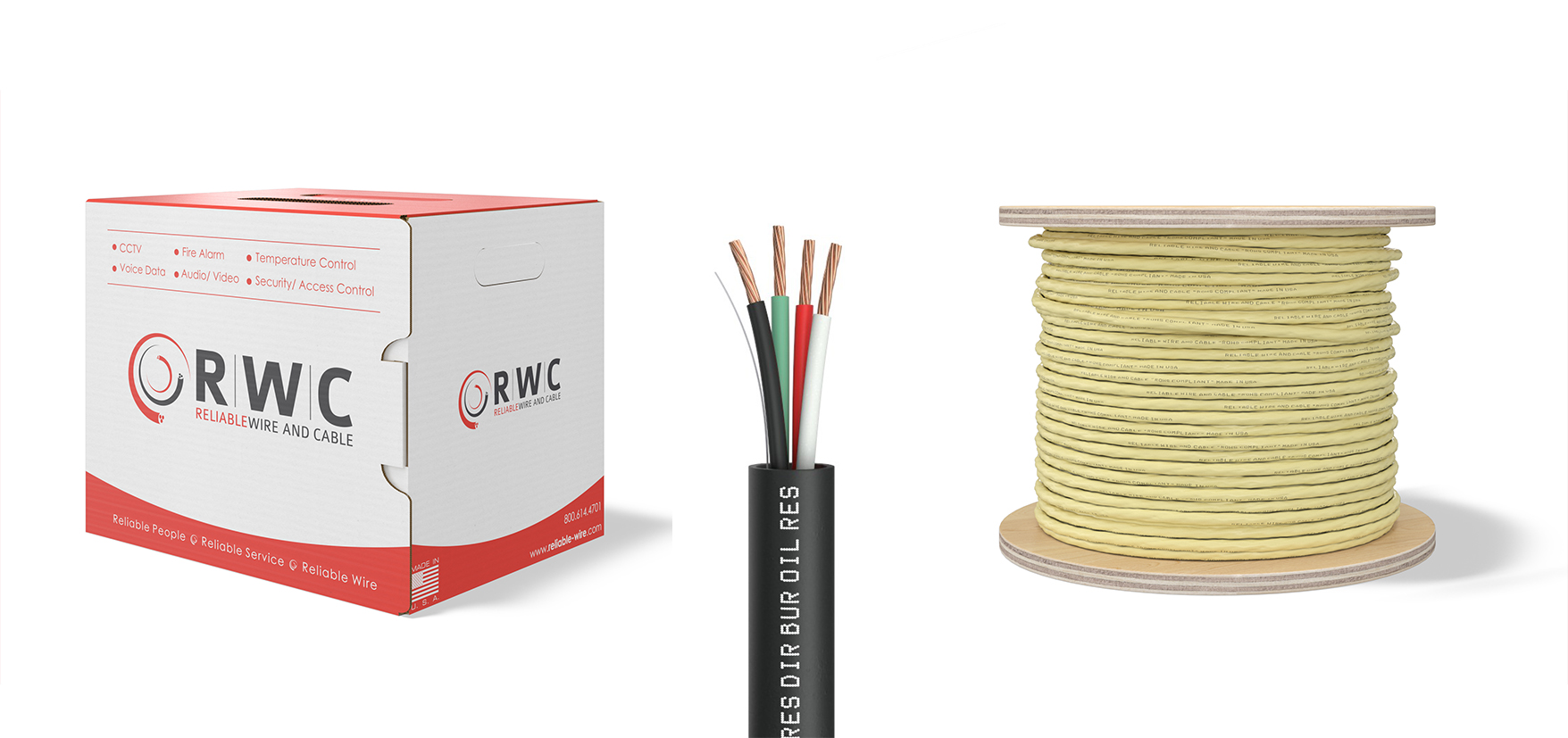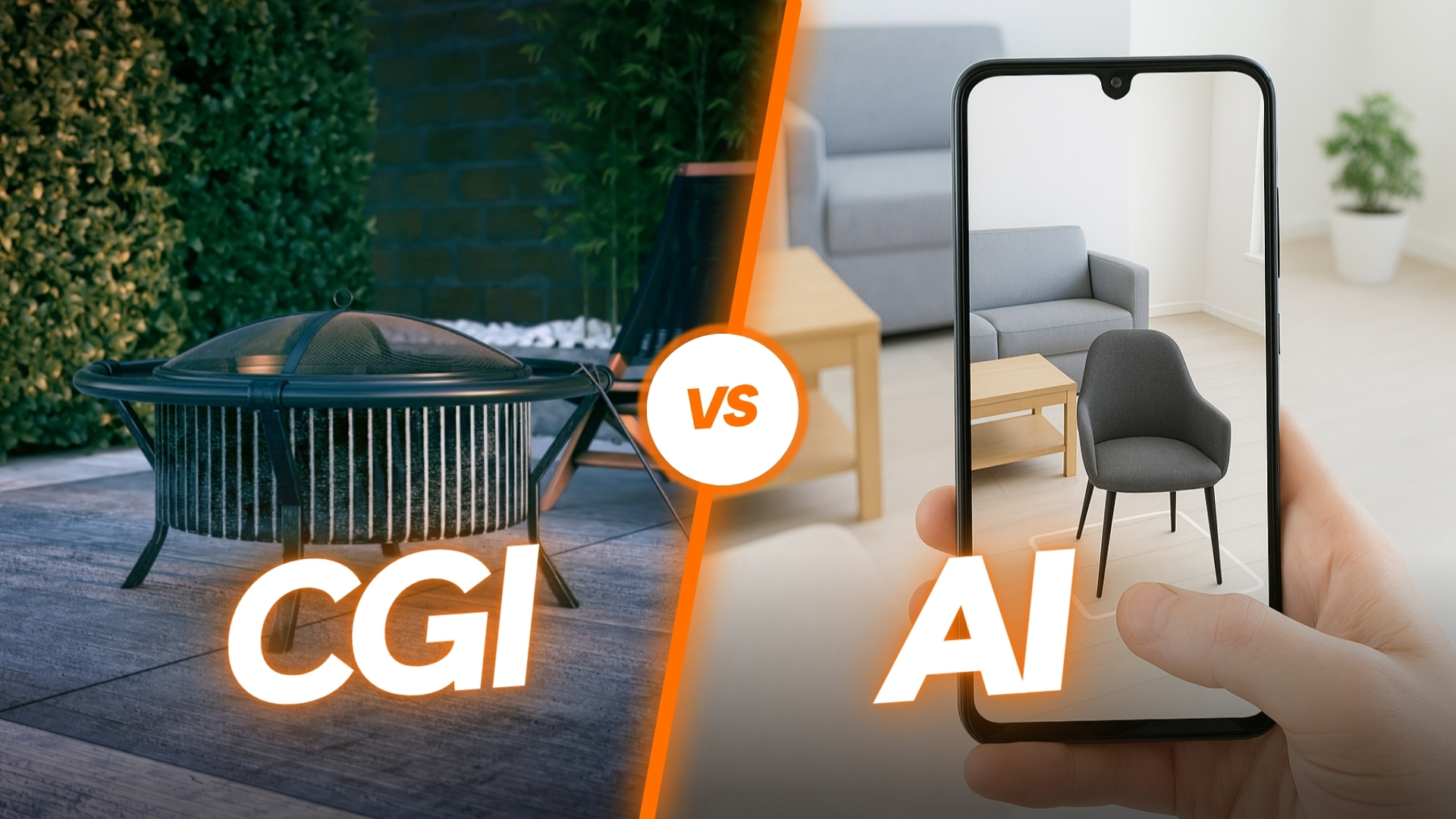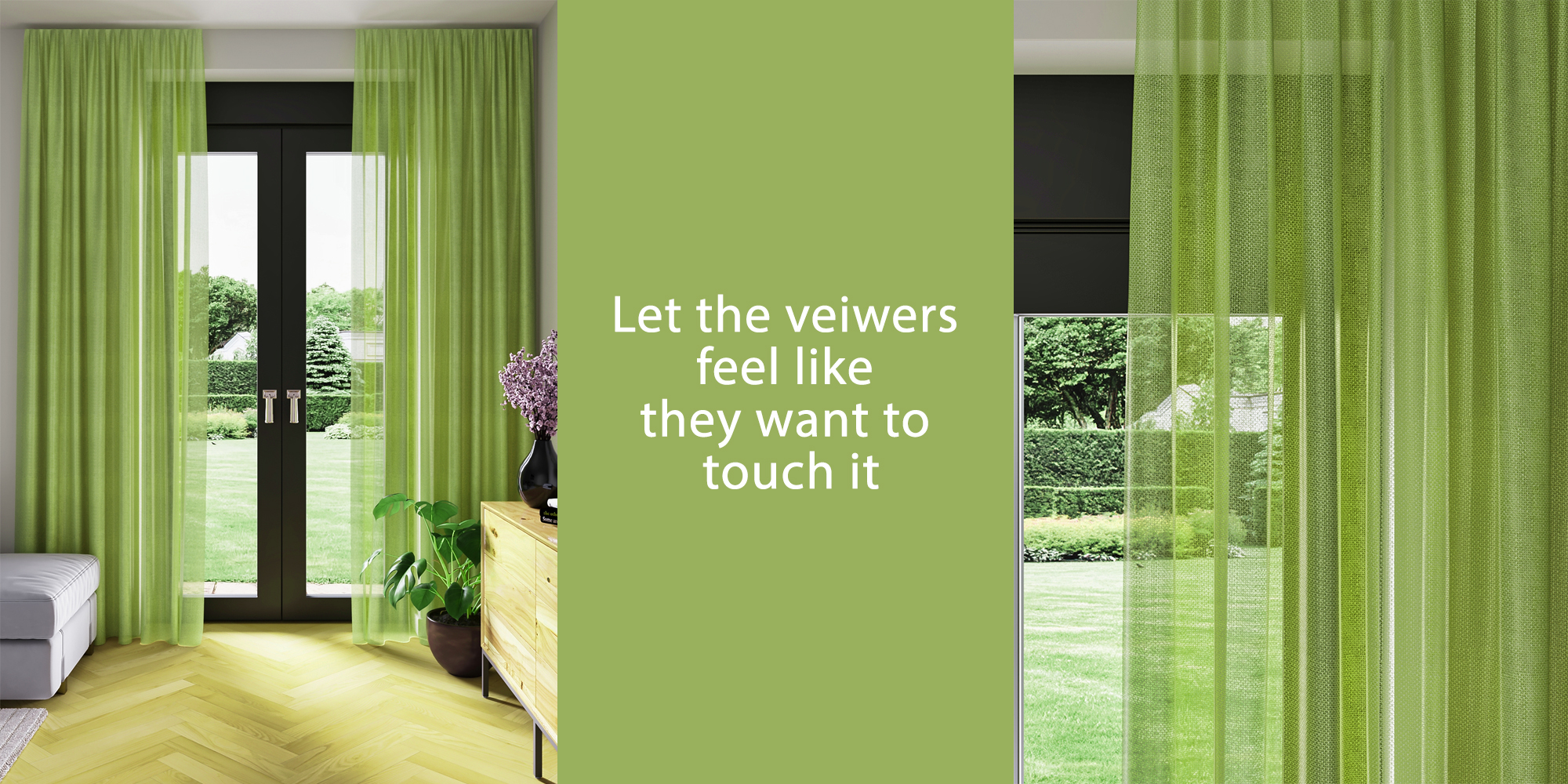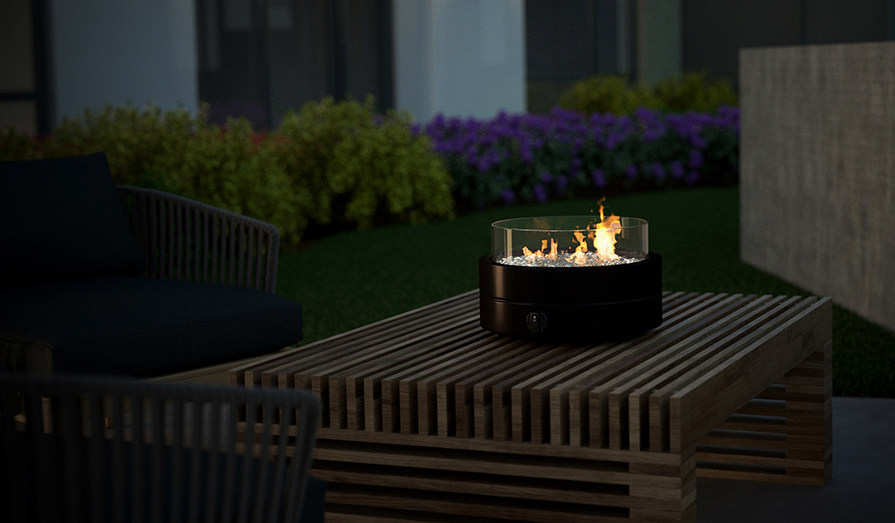Choosing a pool design means making important decisions around shape, size, depth, finishes, decking, and features to ensure both use and aesthetics match your space and goals.
3D swimming pool renderings bring every choice into one lifelike image, making decision-making faster, smarter, and far less stressful.
The Role of Swimming Pool Renderings in Modern Design
What Are Swimming Pool Renderings?
Why Swimming Pool Renderings Are Essential in Design and Planning?
Architects: Swimming pool renderings help architects present design ideas clearly, eliminate misunderstandings, and speed up approvals by reducing revisions.
Developers: They use it in their brochures, online listings, and sales presentations to attract buyers before construction begins.
Homeowners: Homeowners gain confidence by seeing exactly how their custom pool will look, and can make informed choices and peace of mind before building.
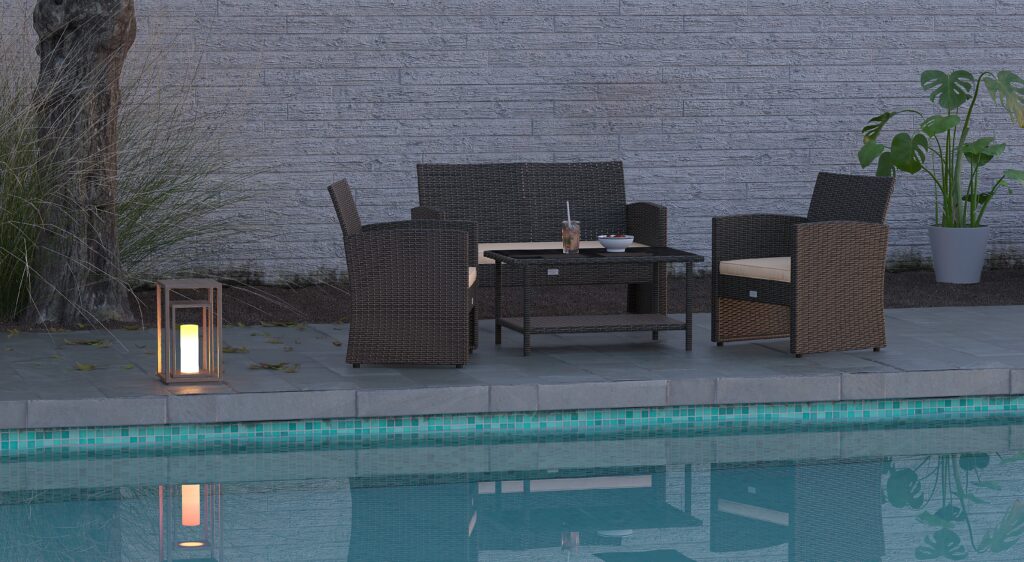
What Are the Biggest Challenges in Swimming Pool Design and Construction?
Even with the best planning, designing and building a swimming pool can be challenging. Several pain points often arise during the process below:
Miscommunication between client and architect
Pool designs can be complex, and not every client is able to read or fully understand technical architectural drawings. This gap often causes misinterpretations about the size, shape, or look of the final build. When expectations don’t align, revisions pile up, slowing down the project.
Costly mid-construction changes
Without a clear and Photorealistic 3D visualization of the final design, many homeowners and developers only realize something is “off” after construction is underway. At this stage, even minor adjustments, such as repositioning the steps or changing the pool finish, can cause expensive delays and budget overruns.
Uncertainty about design fit with property and landscape
A swimming pool doesn’t exist in isolation. It must complement the surrounding environment. Without seeing the design in context, it’s hard to know whether the pool will harmonize with the outdoor space or feel like an afterthought.
Key Benefits of 3D Swimming Pool Renderings
3D swimming pool renderings do more than just make a design look attractive. They Provide measurable advantages for architects, developers, and homeowners alike.
Visual Clarity and Better Decision-Making
From the shape of the structure to the play of light on the water every can possible by 3D visualization of a pool. This makes it easier for clients to understand the design and take decison easily.
Saving Time and Money
By identifying potential issues before construction begins, renderings minimize costly surprises.
Enhanced Marketing Value
For developers and real estate professionals, photorealistic pool renderings are powerful marketing tools. They can be featured in brochures, websites, and presentations, helping attract buyers or tenants by showcasing the property’s lifestyle appeal long before the pool is built.
Exploring Variations with Ease
Renderings make it possible to experiment with different materials, lighting conditions, and landscaping features without starting from scratch. Whether it’s testing out various tile colors, comparing day and night lighting, or visualizing how greenery frames the pool, stakeholders can explore multiple options quickly and affordably.
Popular Styles and Features Shown in Pool Renderings
One great thing about swimming pool drawings is that they let you show off a lot of different styles and features before the actual building starts. With these pictures, clients can look at different options that fit their price, lifestyle, and vision.
For inspiration, you can look at real-world swimming pool projects on ArchDaily. These examples show how elements like infinity edges, fire features, or outdoor integration can transform a pool into the centerpiece of a property.
Geometric vs. Freeform Designs
For developers, speed and marketability are important. Renderings enable them to promote a property before it is built, highlighting the pool as part of a lifestyle package that appeals to potential purchasers or tenants. By showing a completed vision early, developers can secure pre-sales and build interest more quickly, providing them an advantage in a competitive market.
Luxury Elements
Infinity edges, spillover spas, and fire bowls are high-end features that make a pool look and feel better. These details are shown in renderings in a photorealistic way, which helps clients see how adding expensive items changes the mood.
Water Features
From cascading waterfalls to playful jets and soothing bubblers, water features add movement and sound to a pool design. Renderings make it easy to compare these options and see how they enhance both aesthetics and user experience.
Finishes and Materials
The way a pool is finished greatly affects how it looks. You can see the options, including a dark interior with a lagoon impression, shiny glass tiles for a modern look, or natural stone for a more rustic feel, in the renderings.
Outdoor Integration
A pool rarely stands alone. Renderings often incorporate outdoor kitchens, cabanas, tanning ledges, or lounge spaces, showing how the pool area functions as a complete lifestyle setting.
Lighting Effects
The mood in the evening is just as important as the beauty of the day. Renderings can show LED lighting that goes underwater, decorative lights, and other creative ways to light up the pool at night.
The Process of Creating a Swimming Pool Rendering
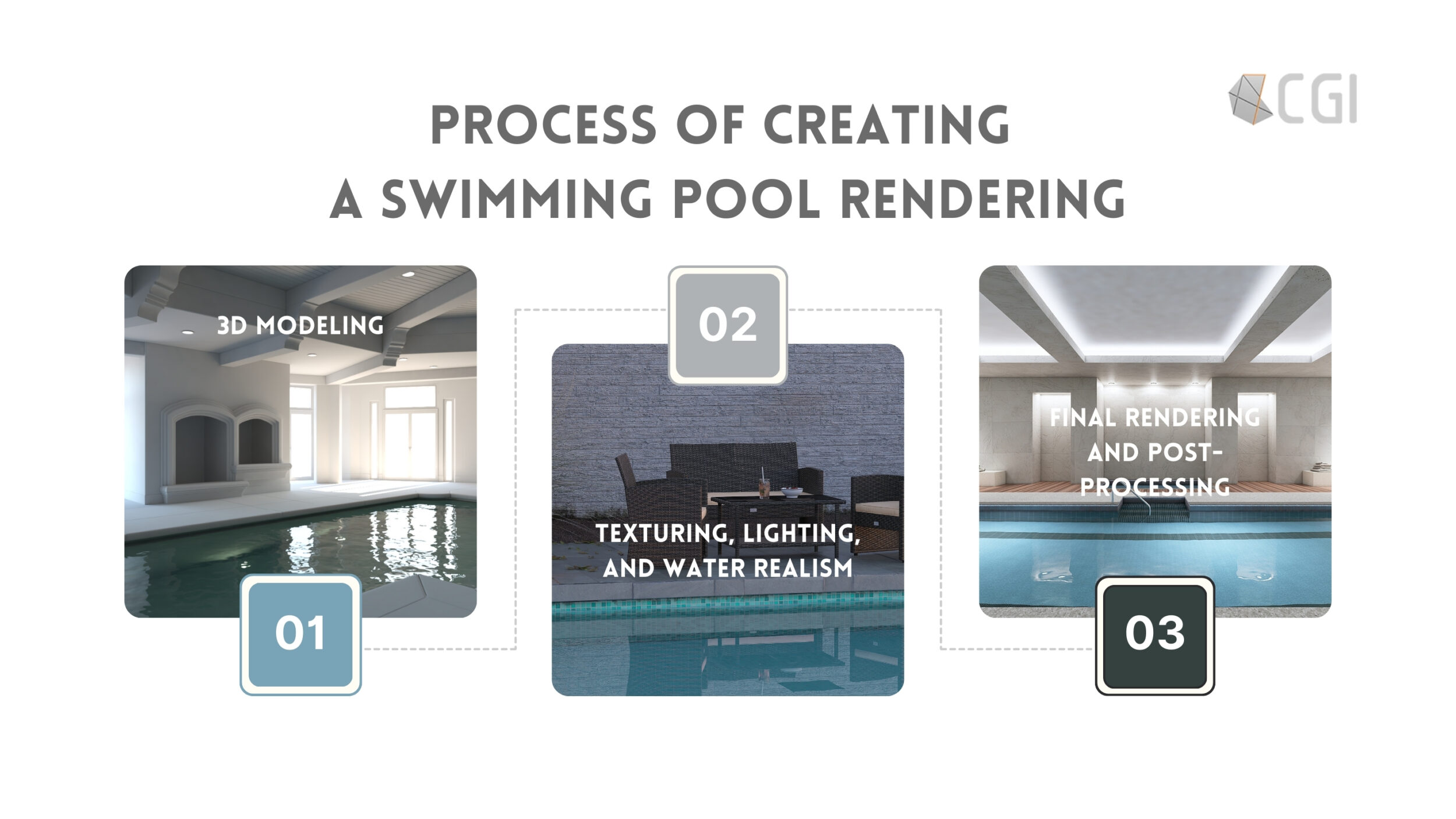
There is a structured process that blends design knowledge with advanced visualization technology that goes into every photorealistic pool rendering. When customers understand this workflow, they can better understand how much work goes into making an idea into a realistic image.
Concept Development and References
The process begins with gathering project information. Architects, developers, or homeowners provide sketches, CAD files, or even rough ideas. Photos of the property, inspiration images, and material preferences are also collected to ensure accuracy and alignment with the vision.
3D Modeling
Once the concept is clear, the pool and its surrounding environment are built as a 3D model. This stage of 3d modeling defines the structure, layout, and spatial relationships. Every element, from the pool’s dimensions to surrounding patios or landscaping, is modeled to scale.
Texturing, Lighting, and Water Realism
Details are then added to bring the model to life. Textures such as stone, tile, or wood are applied, while realistic lighting is set up to simulate daylight or evening scenes. Special attention is given to water realism, capturing reflections, ripples, and transparency to achieve a natural look. If you’d like to dive deeper into the world of 3D rendering lighting, we’ve put together a full guide that you can explore.
Final Rendering and Post-Processing
During post-processing, the color balance, brightness, and general look of the picture are changed. A final, photorealistic picture that can be used for marketing or design reviews comes out of it.
Residential vs. Commercial Swimming Pool Renderings
You can’t use the same type of drawing for every swimming pool project. Homeowners usually focus on lifestyle, personalization, and budget, while hotels, resorts, and property developers have different priorities such as guest appeal and marketing.
For residential projects, our house rendering services help homeowners visualize how their pool will fit into the overall property design, ensuring confidence in choices before construction starts.
For commercial projects, high-quality commercial rendering services are essential. They showcase the pool as part of the broader property experience, attract investors or buyers, and give marketing teams powerful visuals to promote long before the project is complete.
Residential Pools
Homeowners often put living and individuality first. A rendering lets customers see how the pool will look in their backyard, how it will fit in with the rest of the house, and how it will match their style choices. Your budget is also very important. Homeowners can make decisions that fit their idea and their budget by picturing the materials, finishes, and features they want before they start building.
Commercial Pools
Swimming pools are more than just amenities in business settings; they are marketing tools that draw customers and increase property values. The pool’s allure as a component of the visitor experience is emphasized in renderings for hotels, resorts, and expansive complexes. In order to provide captivating marketing materials for brochures, websites, and advertising campaigns, these images frequently highlight scale, opulent features, and interaction with the larger property.
How to Get a Swimming Pool Rendering
There are several ways to obtain a swimming pool rendering, each with its own advantages depending on budget, expertise, and project requirements.
Work with a Pool Builder or Architect
Many pool builders and architects now offer rendering services as part of their design package. This option ensures the rendering is closely tied to the construction plans, giving clients a seamless experience from visualization to build.
Hire a Professional 3D Rendering Studio
Working with a specialist 3D rendering studio like 7CGI is typically the greatest option for producing high-quality visualization. These professionals service provider specialize in generating realistic pictures with precise lighting, texturing, and landscaping. Studios can also provide animations, 360-degree views, and virtual reality tours to elevate the presentation.
Use DIY Software
Houses can experiment with many basic pool designs using user-friendly software. There are a few issues with this approach, but overall, it is cheap and useful for brainstorming. Compared to do-it-yourself software, professional drawings tend to be more accurate, detailed, and realistic. This indicates that DIY software works better for brainstorming than for making concrete choices.
Choosing the Right Swimming Pool Rendering Partner
Who makes your pool rendering determines its quality. Choosing the proper partner ensures appealing, accurate, and decision-making images.
What to Look For
- Expertise: Look for a partner with proven experience in architectural visualization and a strong portfolio of pool or outdoor projects.
- Photorealism: High-quality renderings should capture materials, lighting, and water effects convincingly.
- Turnaround Time: The most common cause is sometimes the due date. To keep your project on track, find a rendering partner that can strike a good mix between speed and quality.
Importance of Communication and Industry Experience
To turn your thoughts into pictures, you need to be able to communicate clearly. A good rendering partner pays close attention, asks good questions, and uses comments well. Experience in the field is also very important. Partners who know how architecture works, how pools are built, and how real estate marketing works can predict problems and make renderings that meet both artistic and practical needs.
At 7CGI, we meet all these requirements, and our team has decades of experience in architectural 3D visualization. This makes us a trusted partner for residential and commercial rendering needs worldwide, with a strong focus on North America. If you’d like to explore more options, you can also check out our blog on the best 3D rendering companies to help you make the right choice.
FAQs
Swimming pool renderings are photorealistic 3D images or animations that show exactly how a pool will look before construction. They include details like water effects, materials, lighting, and landscaping to give a complete picture.
High-quality renderings can look like real photographs. Advanced techniques simulate reflections, textures, water movement, and day or night lighting for a lifelike preview.
Professional pool renderings cost varies, but generally depend on project complexity, number of images, and detail level.
It usually takes a few days to two weeks, depending on project size, revisions, and reference quality.
Architectural drawings, site measurements, or photos are ideal. Sometimes Clients share reference images, preferred finishes, and lighting choices to guide the process.
DIY tools can create basic designs but lack realism. For accurate visuals with detailed lighting, water effects, and landscaping, professional renderings are the better choice.
Renderings can display modern geometric pools, natural freeform designs, infinity edges, spas, waterfalls, fire features, custom finishes, and outdoor living areas.
Yes. They often use pool renderings in brochures, websites, and ads to showcase properties.

